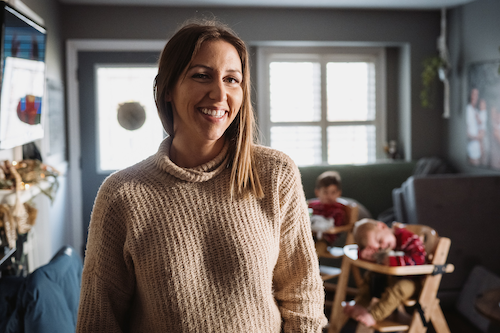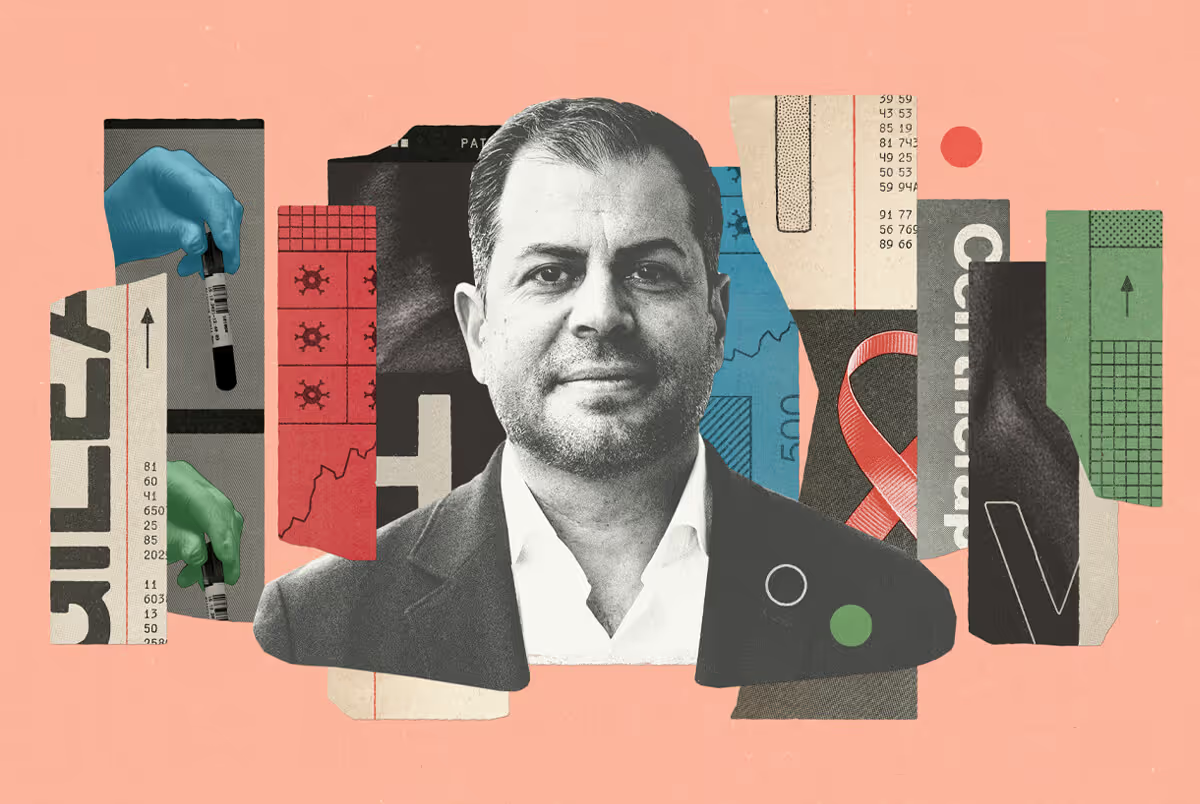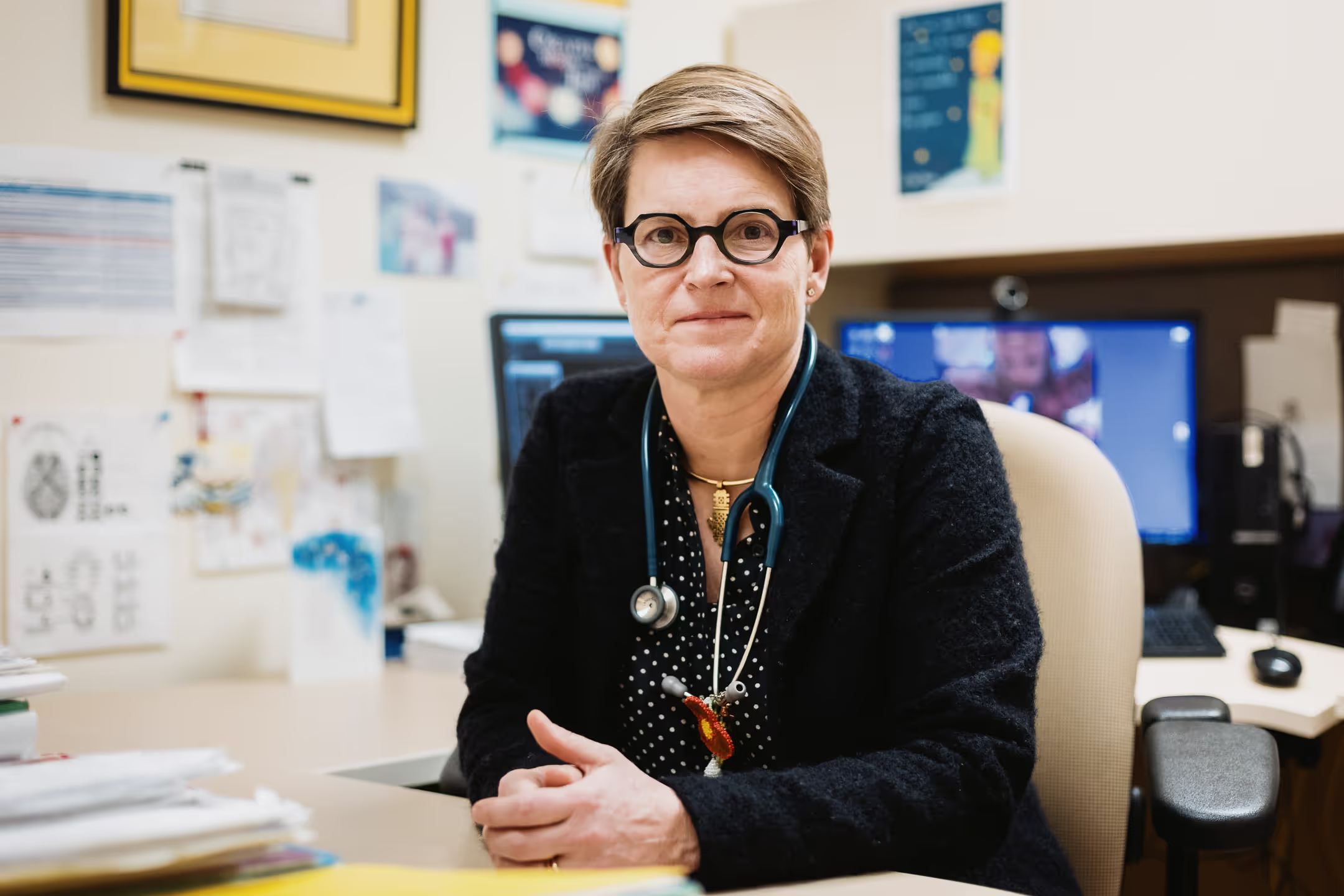“ ‘Oh shit. Not again.’
Those were my first thoughts when my wife noticed a bald patch on my scalp a couple years ago. I’d been through this before. Back when I was 22 or 23, I’d had my first bout of alopecia. I’d gotten steroid injections, my hair had grown back, and I’d never thought about it again — until now.
This time, treatment didn’t work. Nothing was helping the hair on my scalp grow back. Every morning I’d wake up and head to the bathroom mirror, dreading the sight of new hair loss. My worst fears were realized when I lost my right eyebrow.
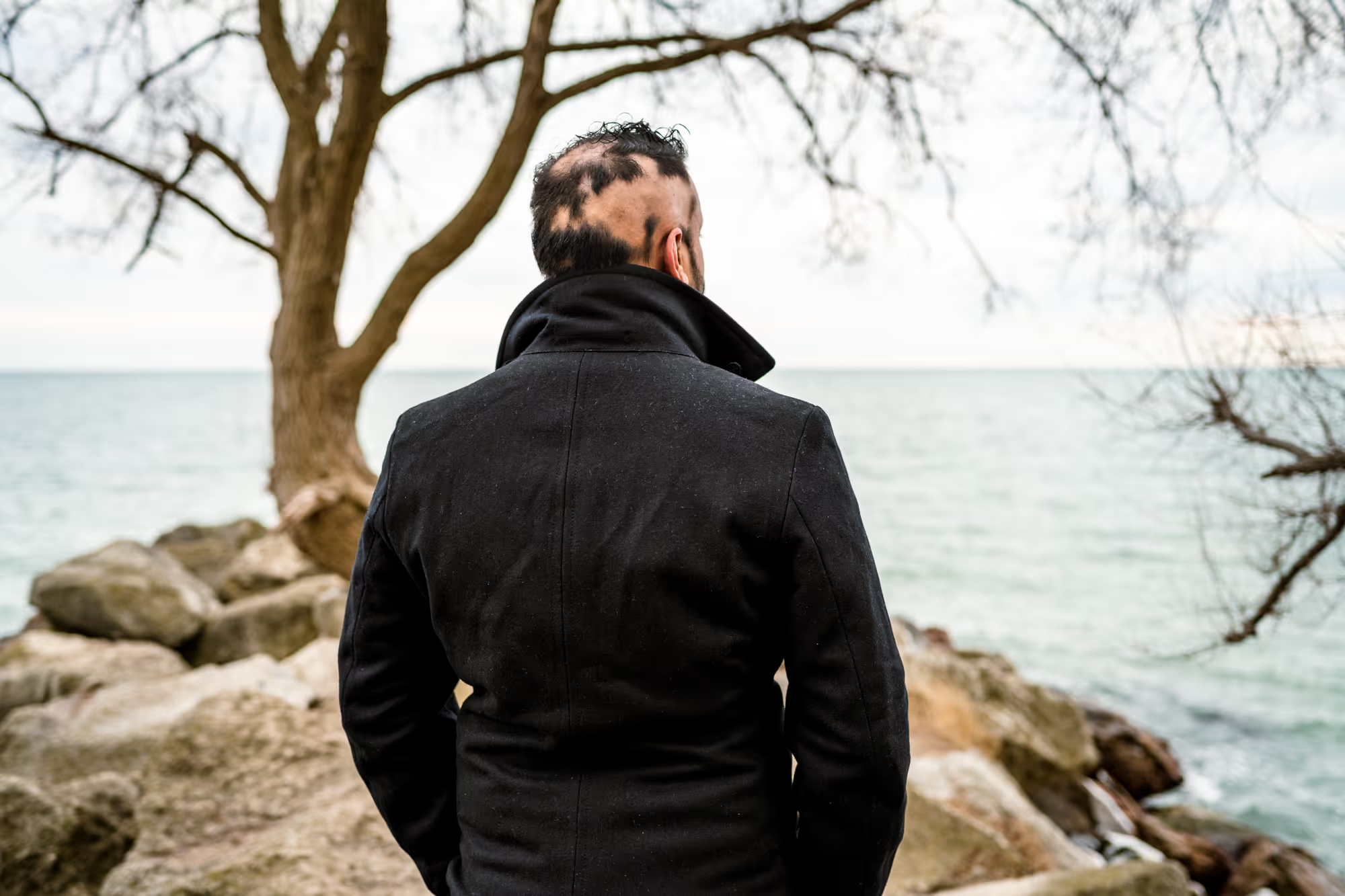
Fortunately, being in my 30s this time, I had the emotional tools to deal with it. I came to accept the cards I was being dealt and stopped chasing a desired outcome. With an autoimmune disease like alopecia, nothing is guaranteed, so accepting the circumstances was the best way forward for me. And my condition doesn’t define me. I’m 36 now, and I’m a talented and creative individual. My wife loves and accepts me, and my daughter Malia has never known me any other way. She’s almost one now, and she motivates and inspires me. I want to teach her to have a strong sense of confidence.
“I’m trying to deconstruct the conventional standards of beauty that we’ve all been taught and subscribe to.”
I’m an art director at an advertising agency, and my journey with alopecia has affected my work. I’m responsible for contributing to visual culture and making visuals that people consume and that affect them on some level, and I think differently now in terms of the people I show in my art. There’s so much happening around body positivity and featuring differently-abled people these days, and I think differently now in terms of the people I show in the work I do on a daily basis. I’m trying to deconstruct the conventional standards of beauty that we’ve all been taught and subscribe to.
Showing more diversity, disease, disorders, and disability in art and advertising creates a sense of belonging. It helps people to feel seen. It also shows intersectional identity, and through that, we can really understand each other. We’re more alike than we are different.”


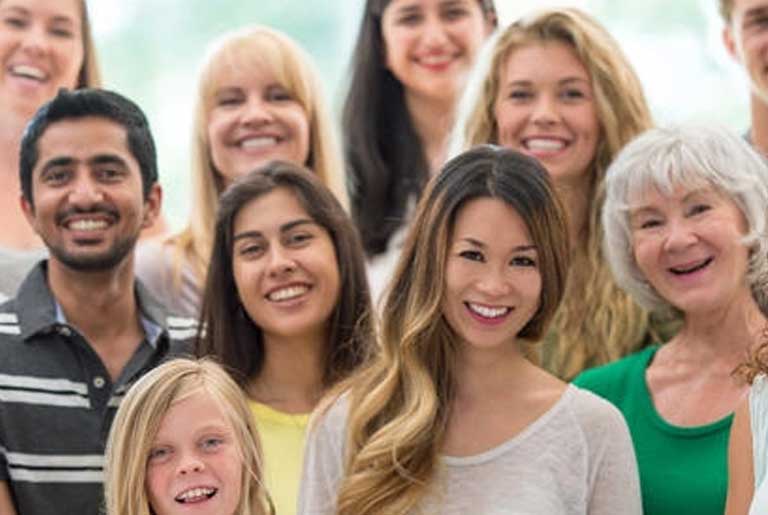
%20(1).jpg)
